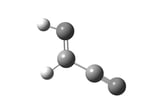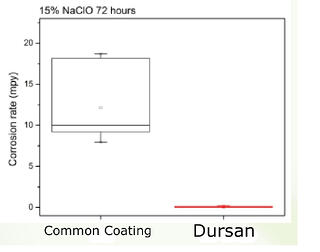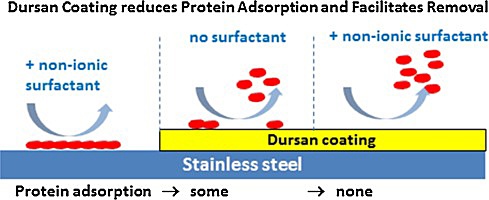
A bio-inert sampling and test system is critical to consistent, accurate test results. But over time test flowpaths can corrode due to frequent rinse cycles from aggressive chemicals like bleach. Corroded and pitted surfaces are perfect hiding places for sticky compounds like proteins.
Stainless steel is an active surface that promotes protein retention. That's why various types of coatings have been used to improve the surface properties of medical devices for decades. Fluoropolymers (PEEK, AF1600) are most commonly used.
Often these materials are limited in the surface properties they can provide, are not durable enough for the application, and/or are difficult to apply to the complex and challenging parts that are common in the medical industry.

Key Factors To Consider When Selecting A Bio-Inert Coating
Selecting the right inert coating can be challenging and costly. Here are some key factors to consider when selecting a bio-inert coating.
Bio-inert
- Improved analytical sensitivity, eliminating interaction with metal
- Coating is nontoxic, inert and produced with environmentally friendly process.
Corrosion resistant coating
- Adds reliable protection against pitting which can be a source of protein retention and carryover.

Anti-fouling
- Coating should be non-stick. Proteins, blood, and bio-molecules should not stick to the coated surface.
- A non-stick surface will improve analytical sensitivity and reliability which will increase device/instrument uptime and overall efficiency. Inert CVD coatings prevent sticking and allow for easy and complete rinsing with a non-ionic surfactant.

Coat places most coatings can't reach
 ♦ Can coat the interior and exterior of narrow bore needles, narrow tubing, complex component designs, etc. Customers now have the ability to improve inertness and protect the entire sample flowpath.
♦ Can coat the interior and exterior of narrow bore needles, narrow tubing, complex component designs, etc. Customers now have the ability to improve inertness and protect the entire sample flowpath.
♦ High tolerance coating does not significantly change part dimensions or tolerances. The user can coat existing components and significantly improve performance without part redesign.
Coating durability
- Will not fail by flaking, even when flexed
- Watch our durability video and see for yourself.
Coating applications
Typical applications for high durability inert coatings include:
- Clinical chemistry and immunoassay analyzers
- Precision stainless steel tubing
- Mandrels, plungers, extrusion tips, dies
- Chemical vessels/containers
- Wires, wire coils, wire forms
- Guide wires
- Curettes
- Cannulas
- Screws, prostheses, plates
- Needles
- Syringes
- Sensor probes
- Catheters
- Knives, surgical tools, lab surfaces
Dursan offers three critical surface properties in one along with a chemical vapor deposition (CVD) coating process that makes application easy and effective even on complex geometry components.
Learn more about bio-inert coatings. Download our coatings guide.








